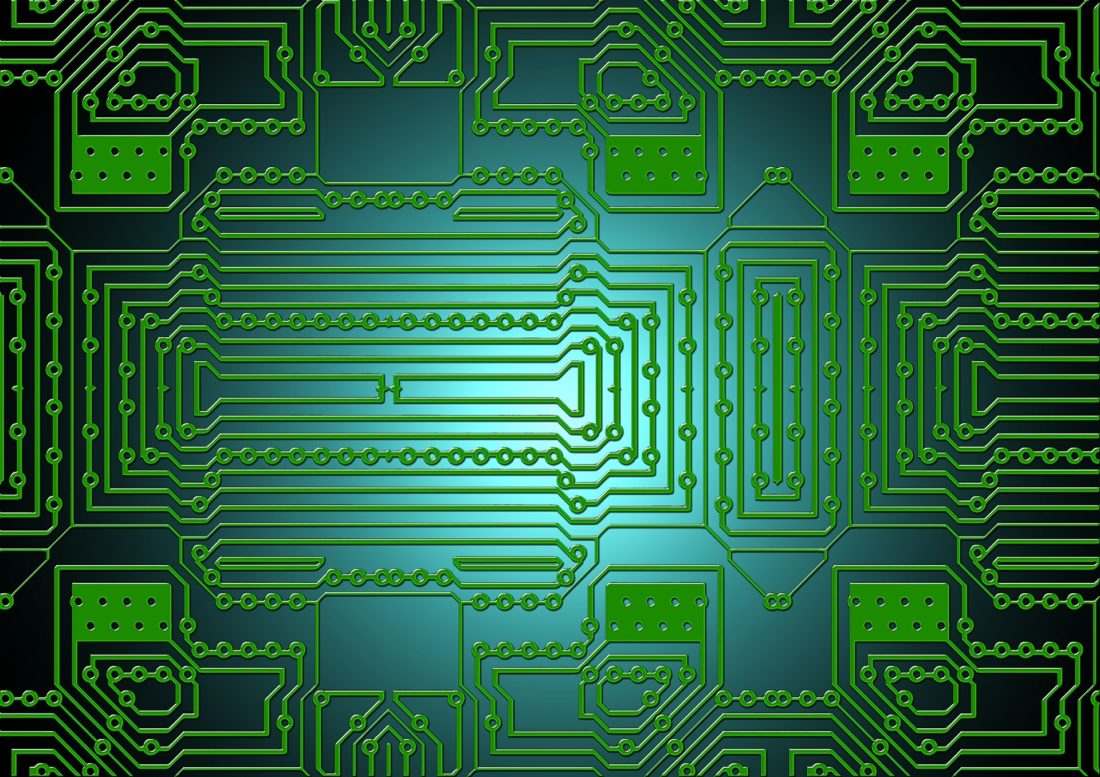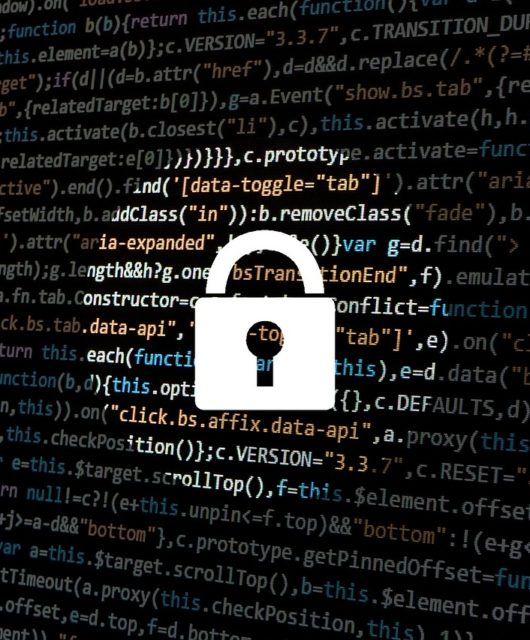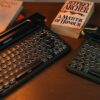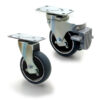Things to Consider When Designing Your Own PCBs

Designing your own printed circuited boards (PCBs) is always a fun step in the manufacturing process of electrical engineering. It is one of the first instances you will get of bringing your device to life. If you are a first-time engineer, there are many things you should consider before diving in and trying things for yourself. Don’t be discouraged from trying things for yourself; you can make a whole heap of cool and unique gadgets with your own PCBs.
Place Your Components Carefully
The placement of your components will obviously be what makes or breaks your design. You need to think about what device the PCB is ultimately going to end up in. There are many potential limitations to how you place your components and you want to make sure you get it right in the design stage to avoid costly mistakes later on.
Make Sure Your Silkscreens are Accurate
If the project is for personal use, you may think that you can skip the silkscreen marking because you will remember where everything should go when it comes to assembly. This might not be the case, however.
When it comes to components such as diodes with anodes and cathodes which need orientating, adding silkscreen markings to the board will help you place the components more accurately.
Don’t Forget the Solder Masks!
The solder masks are a key part of any circuit board. They are the small areas that surround each of the individual mask openings and a crucial to preventing the risk of bridging or corrosion on your PCB. Including them will ultimately prolong the life of your circuit board and prevent any electrical dangers. If you have moved the design from a larger board to a smaller one, make sure the solder masks are still in place.
Find a Good Manufacturer
It doesn’t matter how good your designs are, you need a good manufacturer. They completely understand the question “how is a PCB made?”, and they will be able to bring your design to life. Your design will influence the speed and accuracy with which they produce your design but you still want to receive a high-quality product back.
Check Your Signal and Power Integrity
These are two of the most important parts of designing a PCB. Boards with good power and signal integrity are key if you want a well-designed, long-lasting PCB. These are both things which can be tested using simulations and all through-out both the design process so you know that everything will work to the highest standard come assembly time.
The signal integrity will be used to track signal rise and fall across the board and work out where any impediments are. The power integrity needs to be considered for both AC and DC power sources and checks how the power is distributed across the board.
These are just five of the things you should consider when manufacturing a PCB. With these plus more, it will not be long before you are producing high-quality PCBs with every new design.









